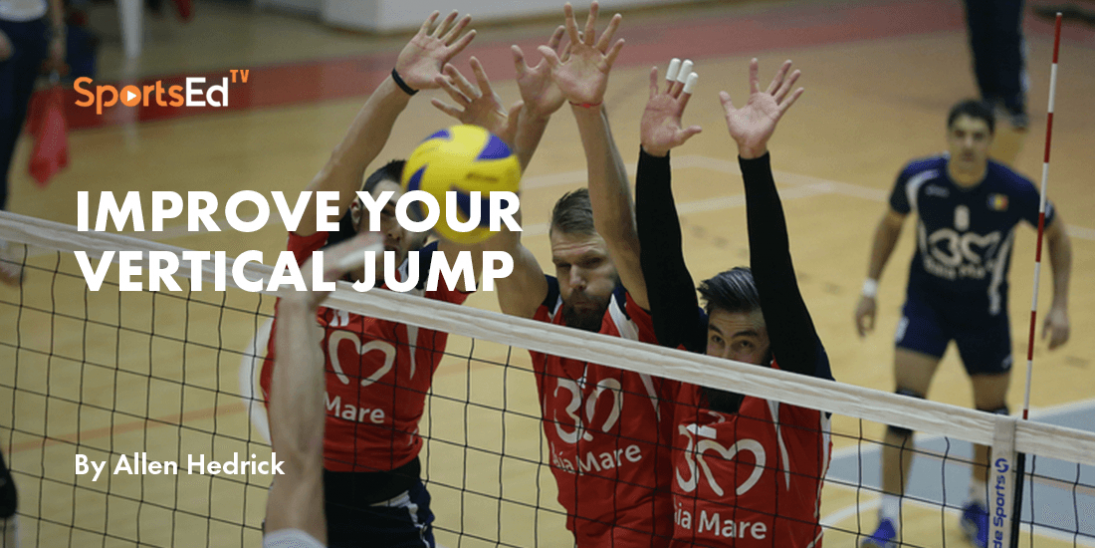Soccer
Welcome and thanks for visiting...

Load Monitoring and Its Impact to Athlete Development – Part 1
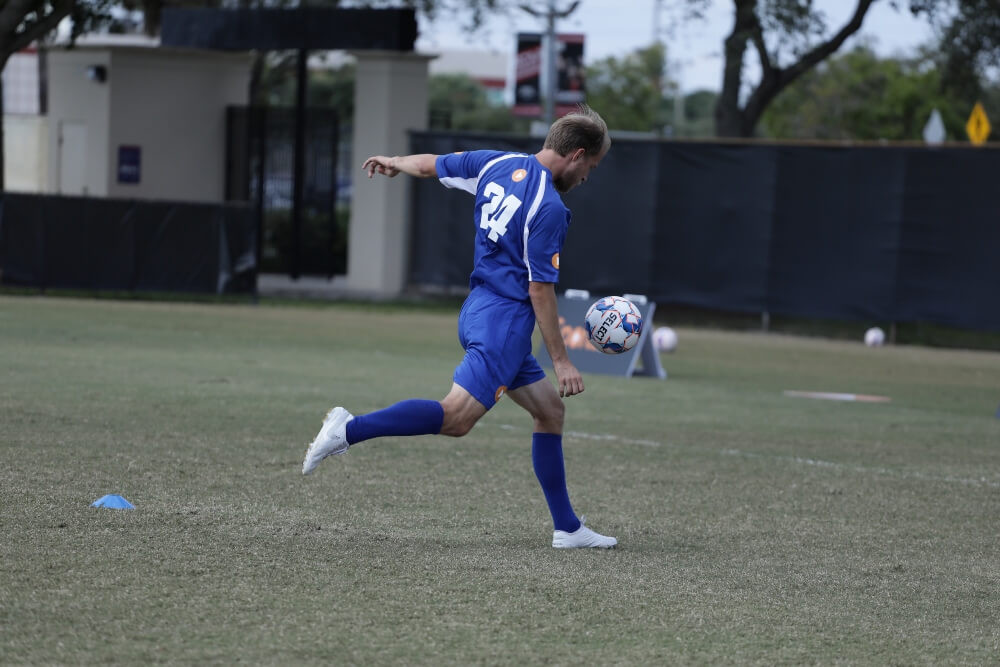
 Imagine knowing how much and when to push your athletes to get better results; know what loads are per practice and plan how your athletes need to recover; know what level of loads lead to injuries; where does an athlete need to be at to be game ready after an injury; know how other facets of life loads impact sports performance; and generally know what indicators and metrics are important for your athletes to be ready to win? Knowing the loads of your training regimens, sport and athletes are key to optimizing your team, your training time and ensuring the athletes are ready and healthy to compete.
Imagine knowing how much and when to push your athletes to get better results; know what loads are per practice and plan how your athletes need to recover; know what level of loads lead to injuries; where does an athlete need to be at to be game ready after an injury; know how other facets of life loads impact sports performance; and generally know what indicators and metrics are important for your athletes to be ready to win? Knowing the loads of your training regimens, sport and athletes are key to optimizing your team, your training time and ensuring the athletes are ready and healthy to compete.
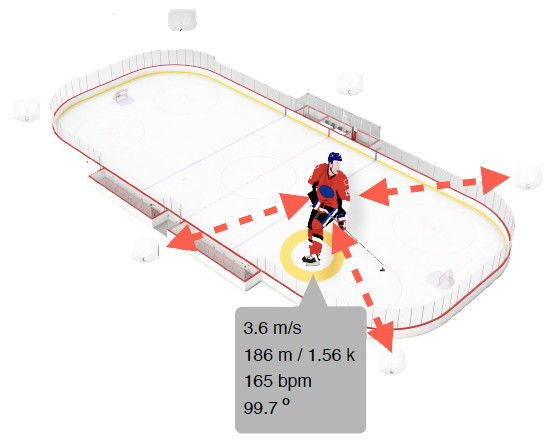 Load monitoring is now a widely accepted concept that spans across numerous sports and sports performance training professions. It provides evidence-based and objective data for training and decision making. It is a process and understanding of insight that ultimately can help coaches and performance specialists develop sound injury prevention and performance plans. It also helps each athlete and their development through better knowledge and insight as to improved training, recovery, rehab, sustained health and ultimately performance readiness.
Load monitoring is now a widely accepted concept that spans across numerous sports and sports performance training professions. It provides evidence-based and objective data for training and decision making. It is a process and understanding of insight that ultimately can help coaches and performance specialists develop sound injury prevention and performance plans. It also helps each athlete and their development through better knowledge and insight as to improved training, recovery, rehab, sustained health and ultimately performance readiness.
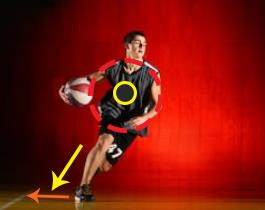 Loads, whether internal or external can positively and negatively affect player development and can vary by each athlete, position and sport. Each sport, level of the sport, and athlete development level can impact load tolerances and performance development. It is not a one size fits all approach. Coaches need to become educated on the effects and adaptations of loads, as well as how best to monitor and interpret loads for their player development and goals for their athletes and team.
Loads, whether internal or external can positively and negatively affect player development and can vary by each athlete, position and sport. Each sport, level of the sport, and athlete development level can impact load tolerances and performance development. It is not a one size fits all approach. Coaches need to become educated on the effects and adaptations of loads, as well as how best to monitor and interpret loads for their player development and goals for their athletes and team.
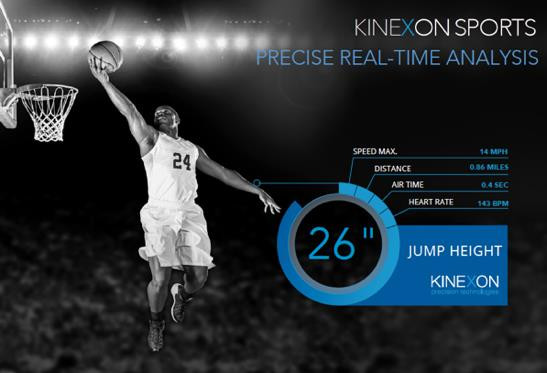 External load is simply the amount of “work” completed by an athlete during the multiple phases of training and competition. This type of load is often multifaceted and may include work completed in games and practices, during strength and conditioning training, while performing therapeutic/recovery sessions, as well as other activities that are encountered by an athlete each day. As an example, during a typical training week, an athlete may be subjected to sports practices, fitness training, skill development, resistance training, mental training exercises and therapeutic recovery loads. These loads are primarily measured in sets, sum of weights, speeds, training zones, impacts, intensity, time or distances.
External load is simply the amount of “work” completed by an athlete during the multiple phases of training and competition. This type of load is often multifaceted and may include work completed in games and practices, during strength and conditioning training, while performing therapeutic/recovery sessions, as well as other activities that are encountered by an athlete each day. As an example, during a typical training week, an athlete may be subjected to sports practices, fitness training, skill development, resistance training, mental training exercises and therapeutic recovery loads. These loads are primarily measured in sets, sum of weights, speeds, training zones, impacts, intensity, time or distances.
Secondarily, internal loads can be psychological or physiological stresses experienced by the athlete throughout their day, as well as in response to the external loads. Internal load are commonly measured in a subjective way through self-reporting, but can also include measures such as heart rate data, sleep quality and quantity, nutritional tracking, biochemical analysis, recovery and mood evaluation.
What is key when using load monitoring is to ensure there is a way to evaluate the athlete’s response to such individual daily or accumulative loads. These can be evaluated as changes in training adaptation, performance metrics, improved return to play progress, or conversely anything that invokes additional stressors such as physiological stresses, injuries, lack of recovery or training setbacks.
Loads come in many different forms and tracking them all isn’t a simple task, nor easily implemented into sports programs at levels necessary to get optimal results. But it can be well worth the time and investment for a program. It’s key to start with major, controllable loads and quantifiable metrics, that can lead to a better understanding, even if only a portion of the daily and weekly loads are used to help coaches and high-performance team members to gain insight to aid with numerous aspects of training. Training can be improved in areas such as practice plan optimization, conditioning, skill development, game readiness, injury prevention, recovery modalities and return to play programs. All opportunities to help keep the ultimate focus for improving overall performance for your athletes and the team.

Understanding loads based upon athlete tracking data and athlete data monitoring input has become a necessary process now for many sports programs. Teams utilize multiple tools including athlete tracking technologies (GPS, UWB athlete tracking technologies), and apps that can assist with data collection on daily wellness, psychological stress, recovery evaluation, nutrition tracking, injuries, health, athlete readiness and perceived exertions. All external and internal loads can be collected into complex spreadsheets or more robust Athlete Data Management (ADM) systems, to create more understandable metrics, simplified data visualizations, trend evaluations, predictive measures, threshold alerts and more advanced analytics. Collectively to create a better understanding of what are the cause and effects of the athletes’ loads and training optimization.
The insight is almost limitless, and the sports specific metrics and advanced analytics are developing quickly. Imagine having insight that you might need to back-off high-intensity training and conditioning drills at varying times of the season or within the training week, such as when key athletes have shown downward trends that may predict injuries when they go above an identifiable threshold. You can have indicators when athletes need to be pushed if they aren’t accumulating playing time and game loads, to be ready for games when their opportunity to play comes. Or if a coach has specific knowledge as to how some of their drills measure up to help condition the athletes with optimal adaptive results, or knowledge as to higher loads that may require more recovery leading up to the big game. Knowing the loads can help in these areas and in so many ways with optimizing performance!
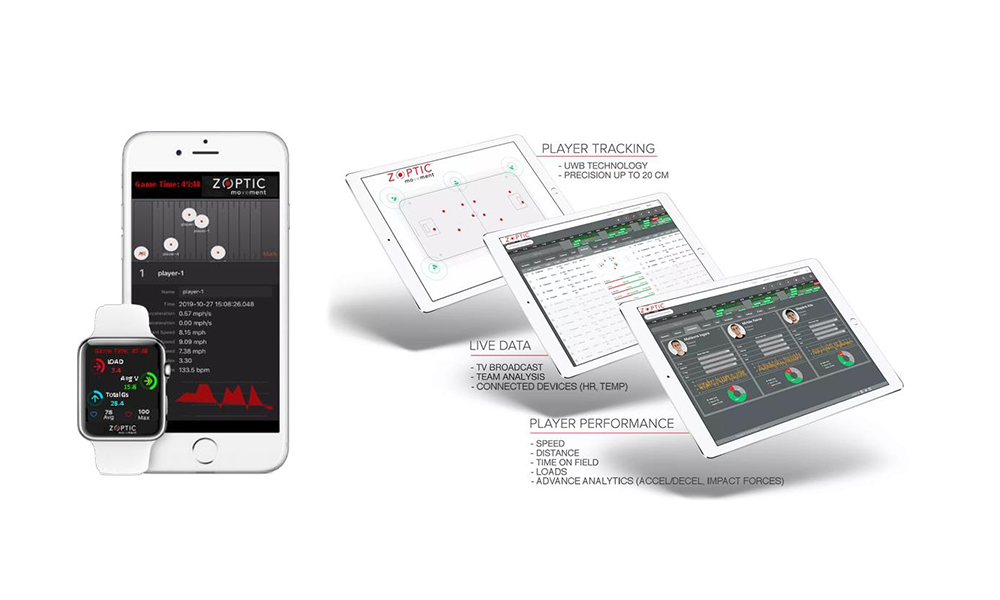
In Part 2, we will look into athlete data monitoring utilizing athlete tracking technology, and learn some of the key variables and insights of how such data and analytics are used in soccer player development, injury prevention and game readiness.
ISTA (International Sports Technology Association) ), the Professional Sports Technology Institute and the PSATS (Professional Soccer Athletic Trainers’ Society) have jointly developed a CEU qualified educational course that goes into details of GPS Athlete Data Monitoring technology and its use in soccer. Numerous Athletic Trainers from Major League Soccer appear in the course videos and provide insight into a better understanding of how they utilize their knowledge of loads in their everyday and long-term training, recovery, rehab, injury prevention and getting the athletes ready for game day.
The course is an introductory to mid-level course giving exposure to the many facets of utilizing GPS tracking technology in sports development. Although the course utilizes soccer as the example sport, the technology, variables and utilization of the information is applicable to numerous sports.
The GPS Technology in Soccer course and CEUs are available through www.sportstechedu.com
ISTA (the International Sports Technology Association) is a BOC approved provider and able to offer BOC CEUs to Athletic Trainers for this course. This course also offers PSTI CEUs and approved by the NSCA, to offer CEUs for this course.
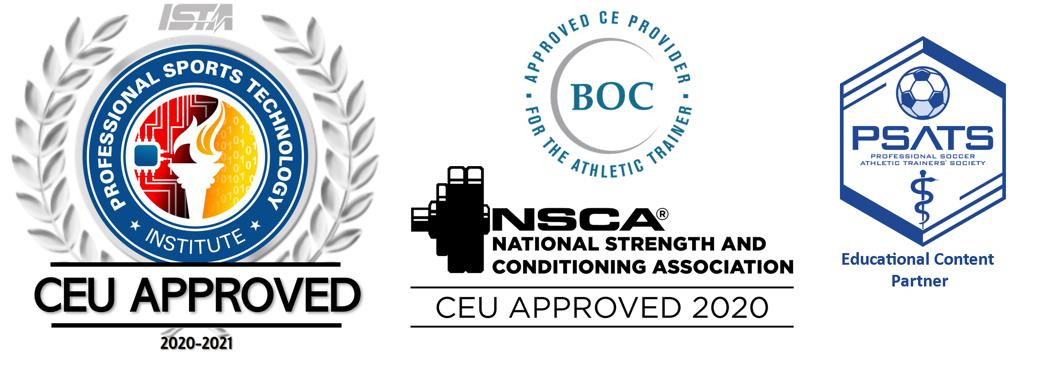
Read more:
Load Monitoring in Soccer – Athlete Location Tracking – Part 2

